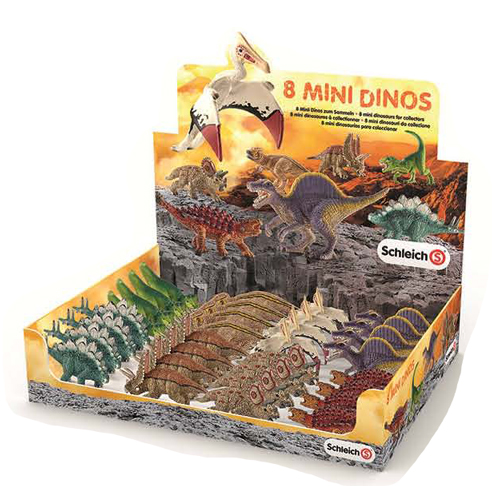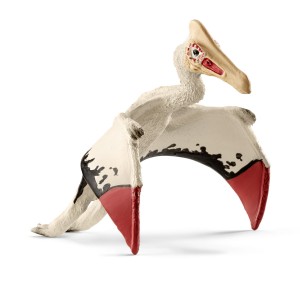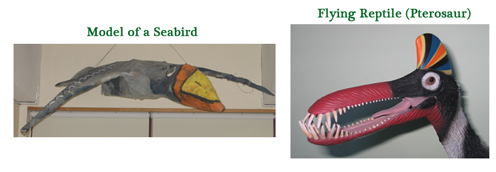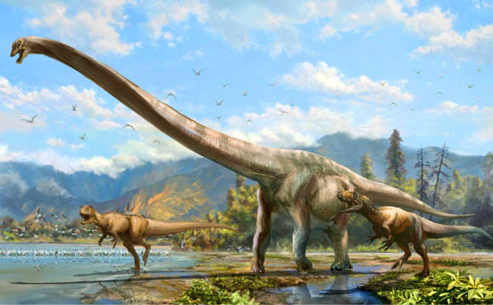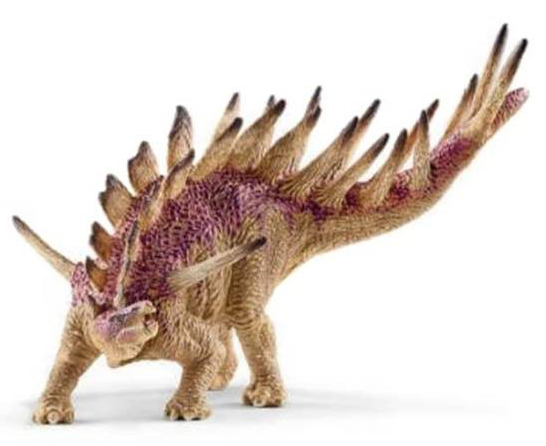Pliocene/Pleistocene Climate Studies Supports Current Climate Change Models
Analysis of Ancient CO2 Levels Reaffirms Current Climate Change Models
A team of international researchers, including scientists from the universities of Bristol and Southampton have analysed ancient levels of carbon dioxide and used this information to reaffirm current predictions about climate change as made by the Intergovernmental Panel on Climate Change (IPCC). It may be some consolation to know that a study of ancient climates and their related atmospheric CO2 levels does indeed indicate that our planet is likely to respond as predicted to rising levels of this green house gas.
Climate Studies
Two sources of prehistoric data were used, each one helping the scientists to piece together a picture of fluctuating warm and cold periods as the Pliocene Epoch led into the much cooler Pleistocene. In a scientific paper, published in the journal “Nature”, the research team report on the level of CO2 recorded following a study of ancient marine plankton fossils taken from core samples drilled into the sea floor.
The shells of these microscopic creatures provide information on how the world’s climate fluctuated several times over one million years from around 3.3 million years ago. This data was then cross referenced using CO2 taken from bubbles of ancient atmosphere trapped in ice drilled from both the North and South Poles.
Rising Levels of Atmospheric Carbon Dioxide
The IPCC predictions as to how the Earth will respond to rising levels of atmospheric carbon dioxide are verified by this new research. It was during the Pliocene, that the hominins diversified rapidly and the climate fluctuations, periods of intense cold perhaps lasting as long as 100,000 years interspersed with much warmer phases, may have acted as the spur to help these very early humans to migrate out of Africa and to spread further afield.
Scientists know that the Earth’s climate has fluctuated widely over the last 1.8 million years (start of the Pleistocene Epoch). Temperature, annual rainfall and carbon dioxide levels have all varied cyclically. By studying the relationship between climate change and CO2 levels during the generally warmer Pliocene, the researchers have been able to assess the validity of IPCC models which attempt to predict future climate change in response to increasing levels of CO2 gas.
A Changing Planet
Commenting on the study, co-researcher Dr Gavin Foster (Southampton University) stated:
“We have shown that the change in Earth’s temperature for a given change in CO2, once the effect of the growth and retreat of the highly reflective continental ice sheets was taken into account, was not only identical during both the cold Pleistocene and the warm Pliocene periods, but was also similar to the understanding recently summarised by the IPCC.”
The implication therefore, is that as the world warms up, as in the Pliocene Epoch, the IPCC range of climate sensitivity is likely to be a suitable measure for predicting and describing the degree of warming we should expect.
Atmospheric levels of carbon dioxide have varied hugely since the Archean and although it is very much lower today than it has been for much of our Earth’s history, use of fossil fuels and deforestation have increased the concentration by as much as 35% over pre Industrial Revolution levels.
A Typical European Interglacial Landscape (Pleistocene)

A wet and boggy landscape – but things are going to get warmer. Picture credit: Everything Dinosaur.
Picture credit: Everything Dinosaur
So we now have a model that in all likelihood seems to a reliable predictor for climate change. The trick now is to alter our behaviour and change as a species so that the worst of the climate change can be avoided.
Given our current record, some hope.
Visit Everything Dinosaur’s award-winning website: Everything Dinosaur.



